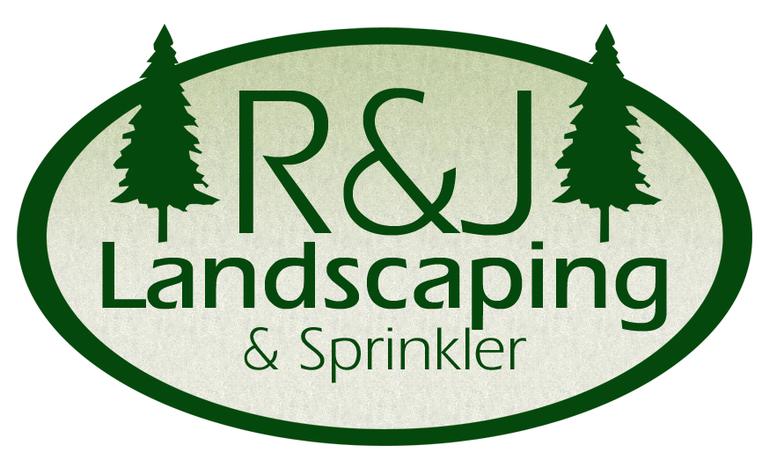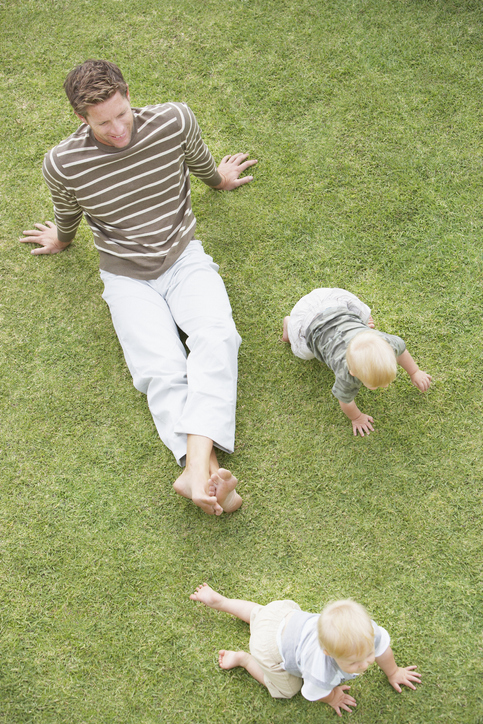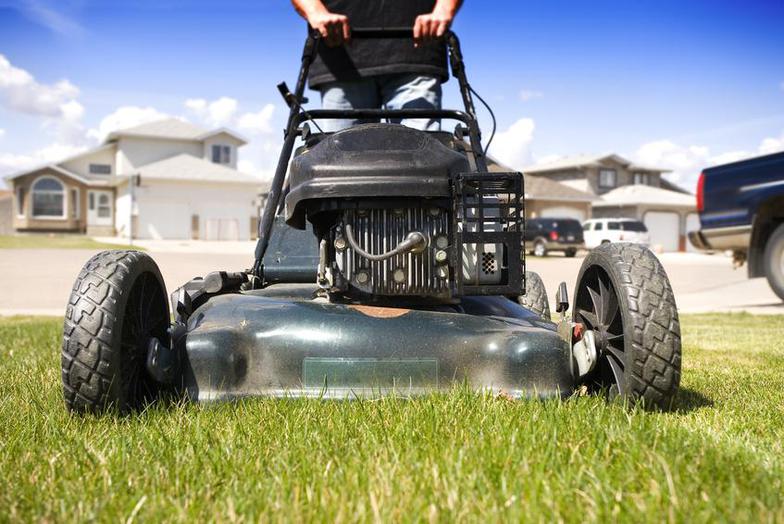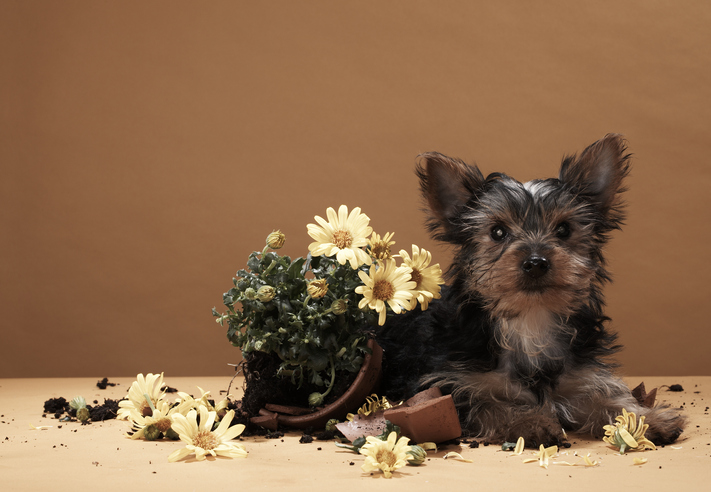Hydroseed Facts
What is Hydroseed?
IMPORTANT
Different sections of the lawn will sprout and come in at different rates in the first 4-6 weeks. Some areas will come in thicker much faster. This is normal and expected with seeding due to differing sun, shade, and water. Stay the course and water and fertilize and keep weeds chopped off.
Hydroseed is grass seed, water, mulch, and fertilizer. It is sprayed onto the soil where you want the grass seed to sprout and grow. Hydroseed IS NOT a quick lawn. It requires much time and care to grow into a thick and beautiful lawn.
Hydroseed Care
Traffic
Keep traffic to a bare minimum until after the 3rd mowing. DO NOT rake or disturb hydroseed before it sprouts, even over cooler months when you see nothing happening.
Water Guidelines
Mulch needs to be kept damp at all times. A rule of thumb is to water 3 times per day. The timer will be set for you but it is up to you to adjust it as needed. If there is a puddle, reduce watering time in that area. Likewise, if there is a dry area, increase the watering time in that area. A lighter tone of mulch color indicates a drier area. Monitor the watering times and intervals for adequate coverage.
Fertilization Requirements
It is IMMENSELY important to fertilize the tender grass sprouts. We recommend using a broadcast spreader to apply an even application of granular fertilizer (16-16-16).
Fertilize AS SOON AS YOU SEE ANY green “fuzz” on the lawn. Again in 2 weeks and again in 2 weeks and again in 3 weeks. 4 applications are required for new hyroseed. Read the application rates on the bag and follow them. Too little fertilizer is like none at all. Generally, after you fertilize it should look like it hailed with white pellets no more than ½ inch apart. If you fertilize and green spots appear, that means you did not put enough fertilizer on.
Think of fertilizer like you would a multivitamin or medication that you take. Your body absorbs it and you need to take another dose. The same is true with the nutrients provided by fertilizer. The extra watering required for germination flushes the nutrients out of the soil quickly while watering 3 times a day so fertilizing more often during this time is crucial.
Weeds
Weeds can be a problem in newly disturbed or imported soil. While annoying, your focus is encouraging healthy grass to grow. Keep them hand trimmed (if you pull them it will disturb the seed and may cause bare spots). Do not let weeds go to seed or they will spread. Until you have mowed 3-4 times it will kill baby grass if you use herbicide.
Your Grass Seed Blend
The grass seed blend we provide is a premium blend with a 90% germination rate. It is 99.87% weed free. It is 39.52 % Kentucky Bluegrass, 29.69% Turf Type Fescue, and 28.74% Perennial Ryegrass.
Why a blend of grass?
The Fescue will sprout in 7-15 days and the Ryegrass in 5-10 days while the Bluegrass takes 20-30 days. Once the Bluegrass sprouts it will fill in and take over and the fescue and ryegrass will be choked out. The blend allows sprouting to start sooner and the yard begins to take shape while we wait for the Bluegrass to germinate.
Other Notes
Warmth is a factor that effects seed germination. Soil temperature needs to be in the 55-65 degree range. Soil temp is cooler than air temperature. Also, moisture evaporating from the surface, such as in spring, has a cooling effect. Hydroseed sprayed in fall and spring will take longer to sprout. Hydroseed on a house just built and seeded may sprout sooner than one seeded in early spring/late fall because the recently turned dirt is warmer than the soil still warming from winter freeze.
Rocks:
In late fall/early spring hydroseed it can seem as though rocks seemingly sprout from the ground. In areas where the ground freezes and thaws rocks actually do come up from below as well as soil eroding away from the top. The ground freezes and heaves and as soil expands it leaves rocks higher than they were before. There is nothing that can be done to prevent this from happening. The grass seed MUST be watered and fertilized so it grows and gets the sod base to bind the rocks down. Hydroseed will overcome the rocks with proper care and patience!
Pets:
Animal urine from pets (ammonia) can shut down grass germination and cause bare spots. In addition if there are green patches in the lawn that are more green and thicker, pet feces act as a natural fertilizer and the super green spots may correspond with places you have removed old pet waste. Be mindful of pets on hydroseed and keep them off as much as possible.
Ph: (208) 762-9367
Mowing
Mow the lawn to a height of 2.5-3 inches for the first 3 mowings to promote healthy development of the new grass. Keep your mower blade sharp to encourage a thick turf to develop. In hot months keep it 2.5-3 inches long, in cooler months 2-2.5 inches. In fall the last cutting should be less than 2 inches and bagged to avoid snow mold in spring.
After 3rd Mowing
Change watering schedule to once per day every day in hot months (above 75 degrees), once per day every other day in cooler months (60-70 degrees). Continue to monitor for puddles or dry areas and adjust as needed.
Fertilize once a month for a year after the hydroseed was installed and the hydroseed fertilizer cycle is complete. Yellowing or pale green color or lack of growth means grass needs fertilizer!
Mature Lawn Care




